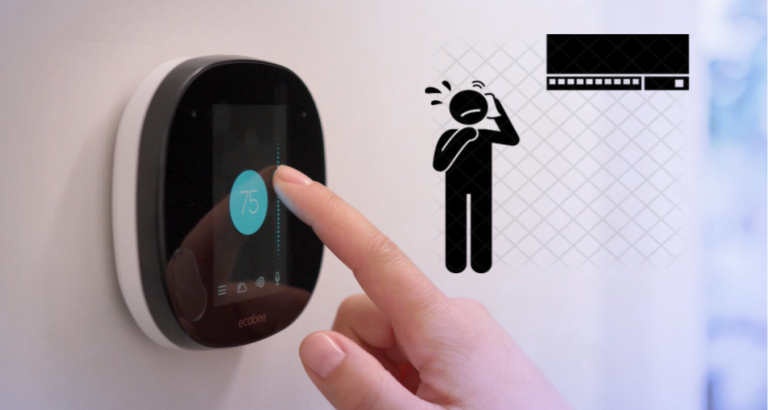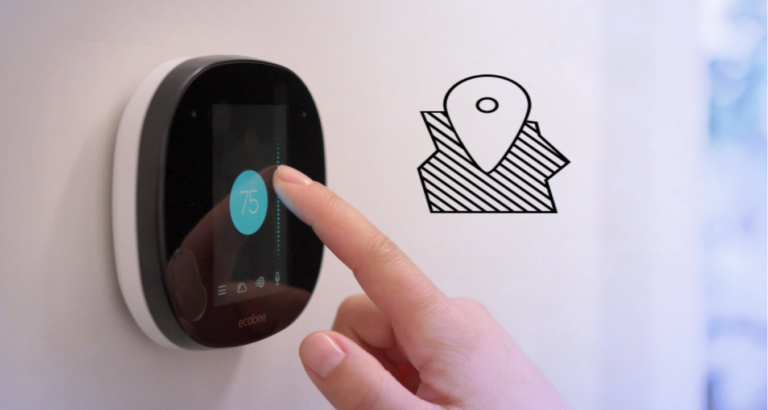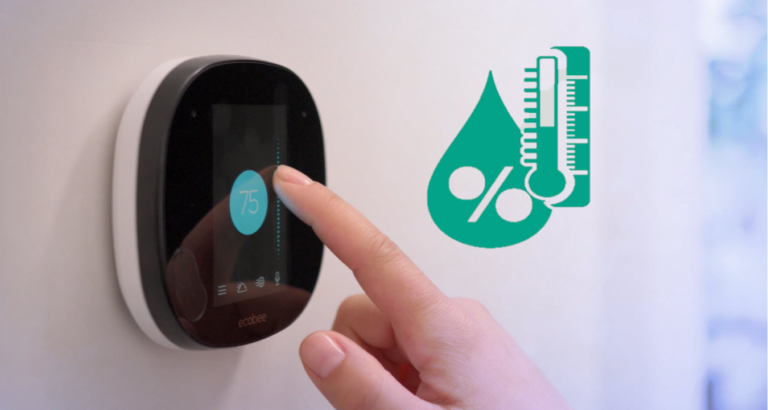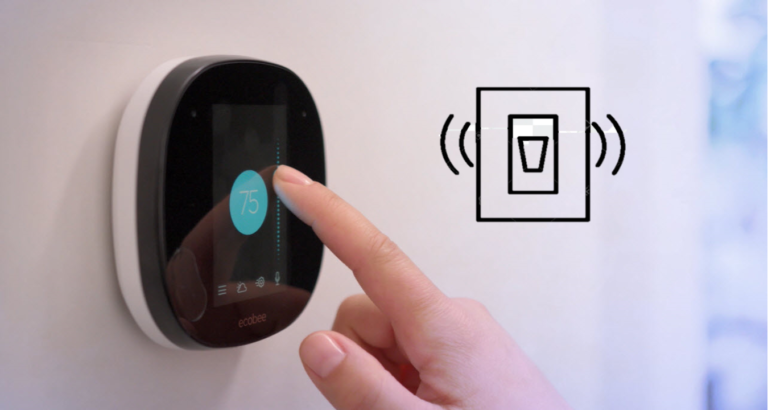9 Ways To Fix Ecobee Not Cooling To Set Temperature Problem
Having an Ecobee smart thermostat can greatly enhance the comfort and energy efficiency of your home. Its smart heating and cooling features, energy efficiency and remote operating features make the perfect HVAC for every house.
But, recently, a lot of people have been complaining about – Ecobbe Not Cooling To Set Temperature Problems.
This is an extremely common issue that can be fixed without much hassle.
So, today let us take a look at 9 ways To Fix Ecobee Not Cooling To Set Temperature Problem.
Why is Ecobbe Not Cooling To Set Temperature?
There can be several reasons why your Ecobee thermostat is not cooling your home to the set temperature.
Here are some common causes:
1. Incorrect Temperature Setting:
Double-check that the set temperature on your Ecobee thermostat is appropriately adjusted.
It’s possible that the temperature setting is higher than desired, causing the cooling system not to engage.
2. Improper Sensor Placement:
Ecobee thermostats use remote temperature sensors to monitor the temperature in different rooms.
If the sensor is placed in a location that doesn’t accurately represent the overall temperature of your home, it can lead to incorrect cooling. Ensure that the sensor is not obstructed and is placed in a representative area.
3. Clogged Air Filters:
Dirty or clogged air filters can restrict airflow, reducing the cooling efficiency of your HVAC system.
Check the air filters and clean or replace them as recommended by the manufacturer. Restricted airflow can lead to insufficient cooling and uneven temperature distribution.
4. Insufficient Airflow:
Poor airflow can prevent the cooling system from effectively distributing cool air throughout your home.
Check for blocked vents or registers, closed dampers, or obstructions around the HVAC system.
Ensure that air can freely flow through the system and reach all areas of your home.
5. Refrigerant Issues:
If your HVAC system is low on refrigerant or if there is a refrigerant leak, it can affect the cooling performance.
Insufficient refrigerant levels can result in reduced cooling capacity and inadequate temperature control.
A professional HVAC technician can assess the refrigerant levels and address any leaks or recharge the system as needed.
6. Dirty Condenser Coils:
The condenser coils of your outdoor unit can accumulate dirt, dust, and debris over time, reducing their efficiency.
Dirty coils hinder the heat transfer process, making it harder for the system to cool your home effectively.
Regularly clean the condenser coils or schedule professional maintenance to ensure optimal cooling performance.
7. Incorrect Fan Settings:
Check the fan settings on your Ecobee thermostat. If the fan is set to “On” instead of “Auto,” it will continuously run, even when the cooling system is not actively cooling.
This can result in the distribution of already-cooled air, making it feel less comfortable. Set the fan to “Auto” so that it only runs when cooling is required.
8. Equipment Compatibility:
It’s important to ensure that your HVAC system is compatible with your Ecobee thermostat.
Incompatibilities between the thermostat and the HVAC equipment can prevent proper communication and control.
Verify the compatibility of your system with the Ecobee thermostat, and if there are any issues, consult a professional or consider alternative thermostat options.
If your device is facing a similar issue then here are 9 well-known remedies to fix it.
1. Check Temperature Settings
Start by double-checking the temperature settings on your Ecobee thermostat. Ensure that the cooling mode is enabled and that the set temperature is appropriately adjusted.
It’s possible that an incorrect temperature setting is preventing the thermostat from cooling your home to the desired level.
2. Verify Sensor Placement
Ecobee thermostats utilize remote temperature sensors to monitor the temperature in different rooms.
Check the placement of these sensors and make sure they are not obstructed by objects or placed in areas that are significantly warmer or cooler than the rest of the house.
Proper sensor placement ensures accurate temperature readings and efficient cooling.
3. Clean the Air Filters
Dirty air filters can restrict airflow, reducing the cooling efficiency of your HVAC system. Check and clean or replace the air filters as recommended by the manufacturer.
Clogged filters can hinder airflow, making it difficult for your Ecobee thermostat to cool your home effectively.
4. Adjust Temperature Differential
The temperature differential is the range within which your Ecobee thermostat operates.
If the differential is set too wide, it can result in a longer cooling cycle, causing your home to fall short of the desired temperature.
Adjust the temperature differential to a narrower range for more precise cooling control.
5. Check for Air Leaks
Air leaks around windows, doors, and ductwork can cause cool air to escape from your home, making it harder for your Ecobee thermostat to maintain the desired temperature.
Inspect for any visible gaps or cracks and seal them using weatherstripping or caulk. Proper insulation and sealing will help your HVAC system cool your home more effectively.
6. Ensure Proper Fan Settings
The fan setting on your Ecobee thermostat can impact the cooling performance.
Check that the fan is set to “Auto” mode rather than “On.” In the “Auto” mode, the fan only runs when the cooling system is actively cooling the air.
Running the fan continuously can distribute already-cooled air and make it feel less comfortable.
7. Verify Equipment Compatibility:
Ecobee thermostats are compatible with a wide range of HVAC systems. However, it’s essential to ensure that your specific equipment is compatible with the Ecobee thermostat model you are using.
Check the Ecobee website or consult the manufacturer’s documentation to confirm compatibility.
If there are any compatibility issues, you may need to consider a different thermostat or seek professional assistance.
8. Calibrate Temperature Sensors
Ecobee thermostats allow you to calibrate the temperature sensors for more accurate readings.
If you suspect that the temperature readings are inaccurate, you can calibrate the sensors through the thermostat’s settings.
Adjusting the calibration can help ensure that your Ecobee thermostat accurately detects and responds to the temperature in your home.
9. Contact Professional Assistance
If you have tried all the above steps and your Ecobee thermostat still fails to cool your home to the set temperature, it may be necessary to seek professional help.
HVAC technicians have the expertise to diagnose and resolve complex cooling system issues.
They can assess your HVAC system, identify any underlying problems, and provide the necessary repairs or adjustments.







